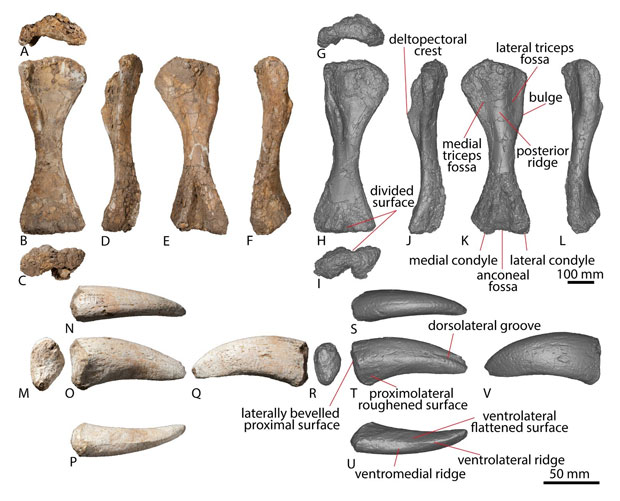DiamantinasaurusのTwitterイラスト検索結果。 7 件
Enjoyed reading about the smallest sauropod known to science to be described from Australian fossils - at an estimated 4.2 Tonnes "Oliver" wasn't that small! Our blog has more: https://t.co/NYvugrDVEt #dinosaurfossils #FossilFriday #Diamantinasaurus
Our new paper led by Samantha Rigby on juvenile remains of the Cretaceous Australian titanosaur sauropod dinosaur Diamantinasaurus, with @AdelePentland, @AAOD_QLD + several others not on Twitter: https://t.co/UOTprM8tLZ
Cogido por los pelos, pero el blanco y azul de Diamantinasaurus son referencia a los diamantes (aunque el río Diamantina, al que debe su nombre este dinosaurio, fue a su vez nombrado en honor a Lady Diamantina Bowen, y el nombre Diamantina sí viene del diamante, así que..).
The ~16 meter long Diamantinasaurus is one of the largest #dinosaurs known from #Australia. Classified as either a basal titanosaur or a close relative to the Saltasaurids, this long-neck lived about 95mya. (#PaleoArt Credit to Travis Tischler)
Here's our new paper describing a 2nd specimen of the @AAOD_QLD sauropod dinosaur Diamantinasaurus from the Cretaceous of Australia, including CT scans of the skull and recognition of a new clade of Australian + South American titanosaurs🦕 https://t.co/bgWEaf4Qzw @ES_UCL
The skeletal material of Diamantinasaurus included most of the forelimb, shoulder girdle, pelvis, hindlimb, ribs, radius, and vertebrae. The forelimb was complete with the radius being more robust than contemporary titanosaurs, except Opisthocoelicaudia. (1/2)

















